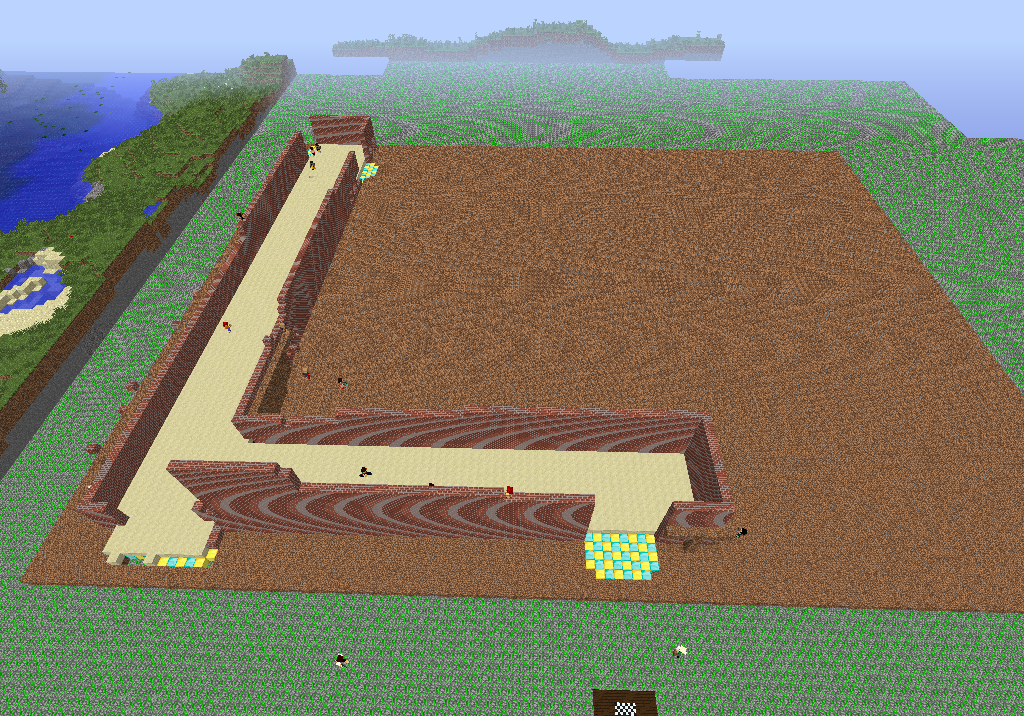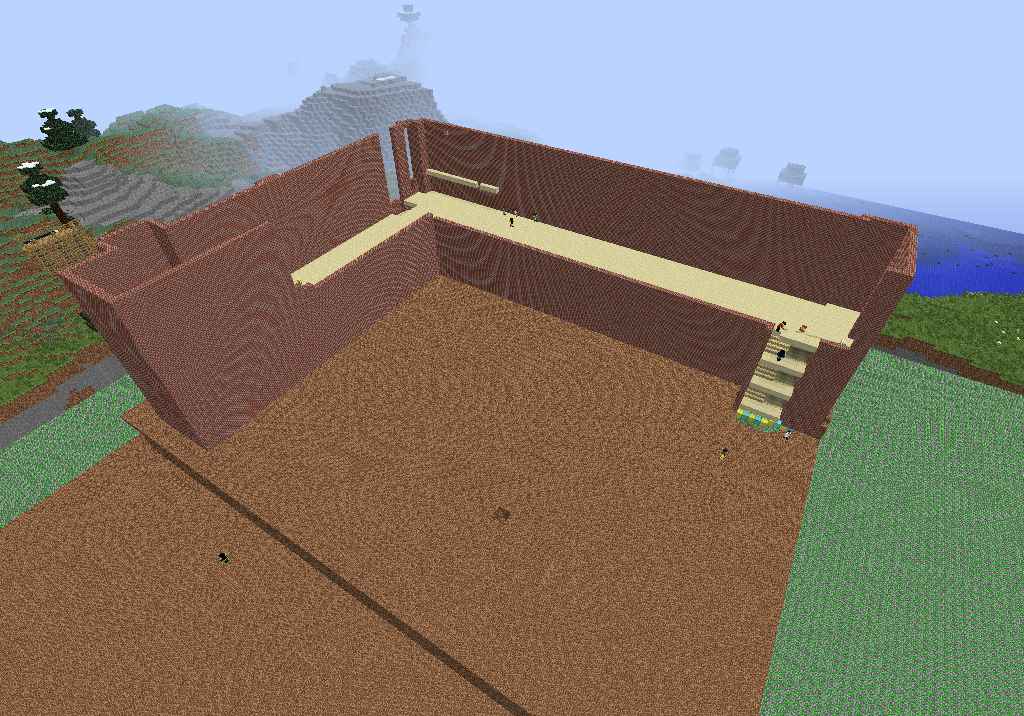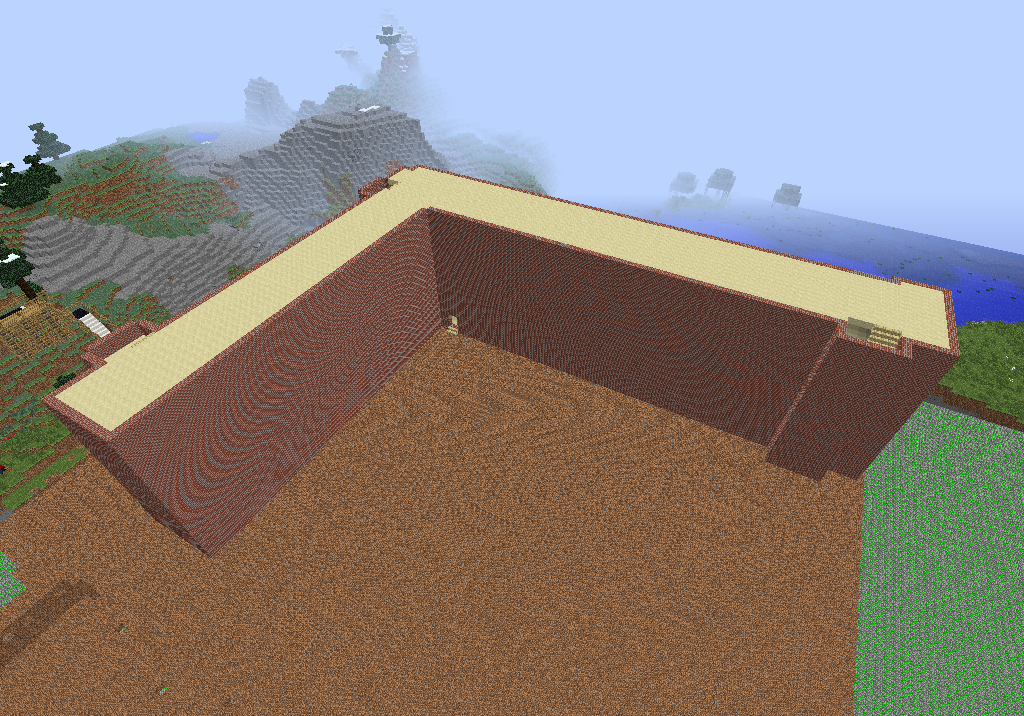If you have played a video game - any game - you have probably noticed that the first level is usually very easy. It gets you used to the controls, the rules, and the story premise. But it doesn’t just tell you, it shows you these things in a very simple level, the designers’ English teachers would be proud. It provides a mastery-by-doing structure. It does not list a bunch of rules, the player experiments, fails, then learns how to proceed from their past mistakes. In the process, they learn how to succeed. All the while, they are enjoying themselves and smiling, usually. Even when they have met a hard challenge in later levels and it gets frustrating, they persist. I remember throwing a controller and yelling because I was stuck on a certain level of a game as a child. What I did next though is the key, I took a break and got back to work to try and figure out the level. Persistence. As an educator, this scenario is what we dream our kids would be like in our class, minus the throwing things, of course. Imagine if your students learned by doing, persisted past failure, and were not only excited about it, but spent their own time doing more of it because they wanted to? That is the potential of gamified learning.
Why is playing a game better than traditional education? When done correctly there is more to the game than game-like prizes. “Beneath these game-like prizes lies another level of reward that may include relevant feedback, learning reinforcement, and a lively and collaborative class environment” (Educause, 2011). An “environment that encourages feedback and reinforcement, not only between the instructor/teacher and students, but also between the students themselves” (Chou, 2013). In other words, there is more to the games than extrinsic motivation.
Consider this, there are approximately 30 million people harvesting crops for fun right now. They are not farmers, they are players of FarmVille (Mashable, 2010). While those 30 million people invest their money and time into harvesting digital crops, many students are dropping out of school, 1.2 million according to All4Ed (as cited by Lee & Hammer, 2011). It seems that students prefer the points, badges, and leaderboards of games to the grades, report cards, and rules of school. A good game design will teach without explicit instruction but with trial and error and maintain motivation throughout.
The traditional school tends to punish failure, especially when factoring in high-stakes testing. Gamification can alleviate that stress and create an environment more conducive to mastery by way of experimentation in learning. Students would be able to retry and learn from mistakes. Gamification also helps bring out natural intrinsic motivation. What is the typical reward for beating a level of a game? A harder level with more challenges. Helping to foster that type of environment in a classroom would be very beneficial to the learning process. Games can also help the emotional process of failure. “Crucially, they also help players persist through negative emotional experiences and even transform them into positive ones” (Lee & Hammer, 2011).
References
Educause (2011). 7 things you should know about gamification. Educause Learning Initiative. Retrieved from https://net.educause.edu/ir/library/pdf/ELI7075.pdf
Lee, J. J. & Hammer, J. (2011). Gamification in Education: What, How, Why Bother? Academic Exchange Quarterly, 15(2).Retrieved from http://www.academia.edu/570970/Gamification_in_Education_What_How_Why_Bother
Mashable (2010, February 20). Farmville surpasses 80 million users. Retrieved from http://mashable.com/2010/02/20/farmville-80-million-users/
TEDx Talks. (2014, Jan.). The future of creativity and innovation is gamification: Gabe Zichermann at TEDxVilnus [Web Video]. Retrieved from https://youtu.be/ZZvRw71Slew









